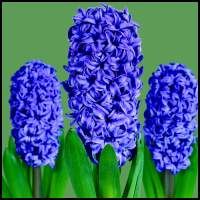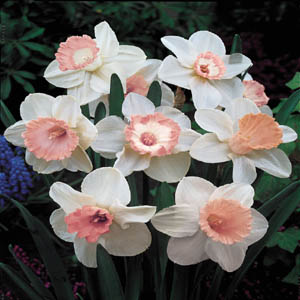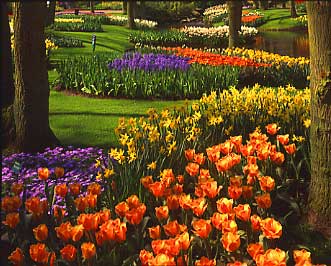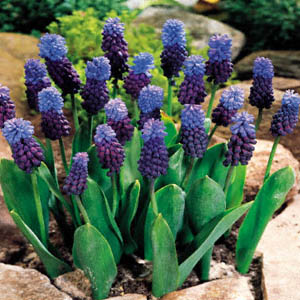
Flowering bulbs produce some of the biggest, most attractive, most beautiful flowers in gardens around the world. Many of these beautiful bulbs are old heirlooms that have been planted by loved ones in the past. In order to multiply and preserve these special plants, it is beneficial to know proper bulb propagation methods. Following are descriptions of some of the most effective methods used to propagate tunicate bulbs.
OFFSETS:
Offsets are the “baby bulbs” that
develop naturally at the base of the parent bulb. When separated from the
parent bulb and planted, offsets produce vegetative growth for a few years
until mature enough to flower.
SCOOPING:
In scooping, the entire basal plate
of a mature bulb is scooped out with a curved scalpel or small knife. Scooped
bulbs are then placed in a warm (70°F), dark location for about two
weeks. During the third week, adventitious bulblets will begin to form.
Temperature should be increased to 85°F and relative humidity should
be at 85%. When new roots form, the bulblets can be planted. It may be
four to five years before bulbs flower. Hyacinth and Scilla are principally
propagated by this method.
SCORING:
In this method, three cuts are
made at the base of a mature bulb to form 6 pie-shaped sections. Cuts should
reach just below the widest point of the bulb. The bulb is then placed
in a warm, dark, humid location for a few months. When bulblets form, the
mother bulb and bulblets can be planted. It usually takes three to four
years for bulblets to reach flowering size. This method is commonly used
on hyacinths, Scilla and narcissus.
SECTIONING:
A sectioned bulb is cut into five
to ten pie-shaped sections, each with part of the base attached. Sections
are treated as scored and cored bulbs.
LEAF CUTTINGS:
Tunicate bulbs can also be propagated
by leaf cuttings. Leaves are taken when they are well developed and green.
One leaf may be cut into two or three pieces. Each piece is planted in
a rooting medium and should be kept moist and given bottom heat. When bulblets
form, they may be planted in soil. Grape hyacinth and hyacinth are among
the bulbs that can be propagated by this method.
These are all ways to propagate and multiply tunicate bulbs. These methods will result in a yard full of color and beauty, giving you pleasure and enjoyment for years to come.



RESOURCES: